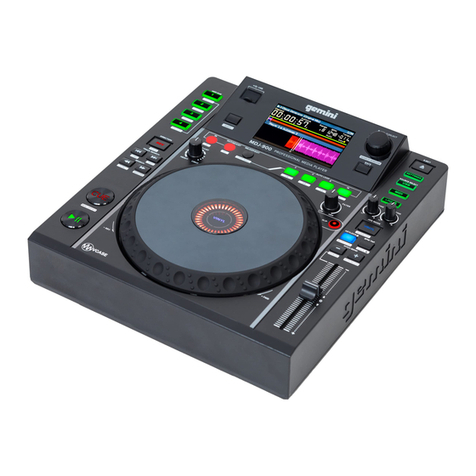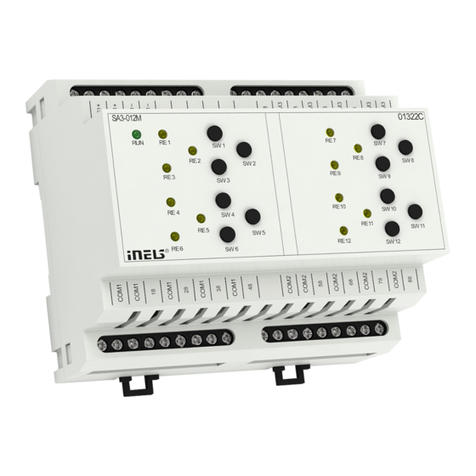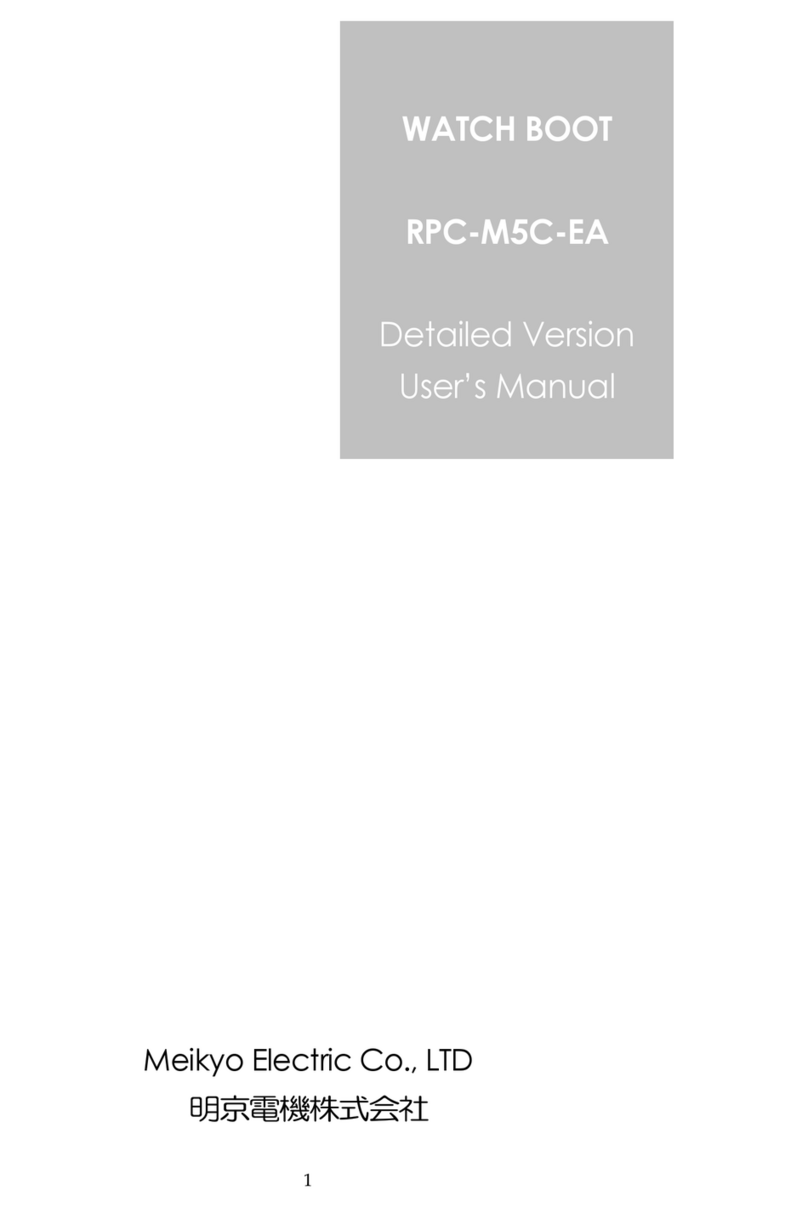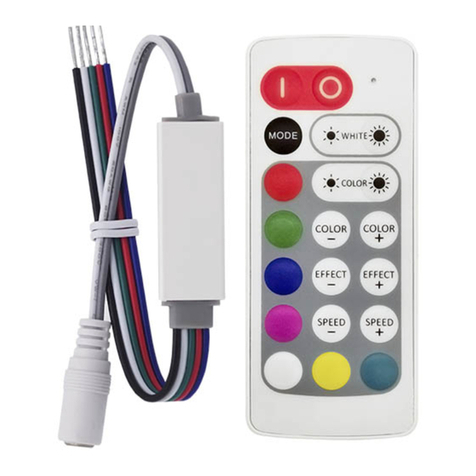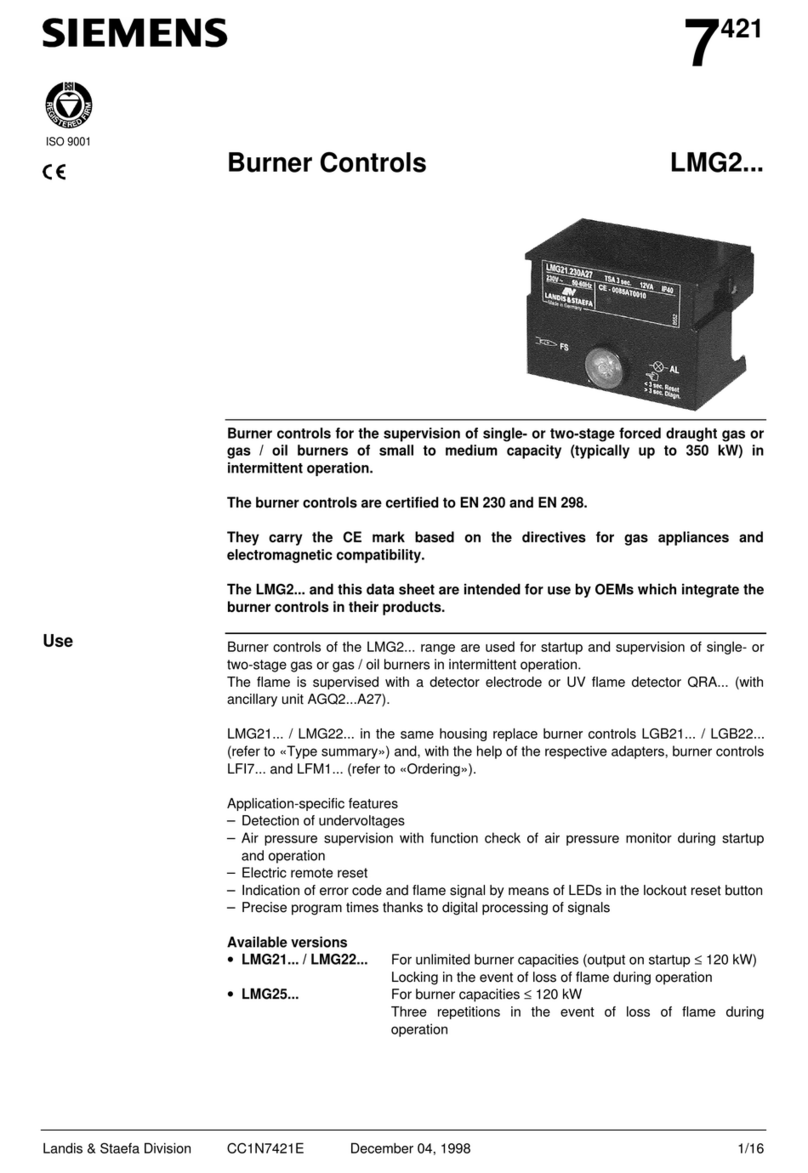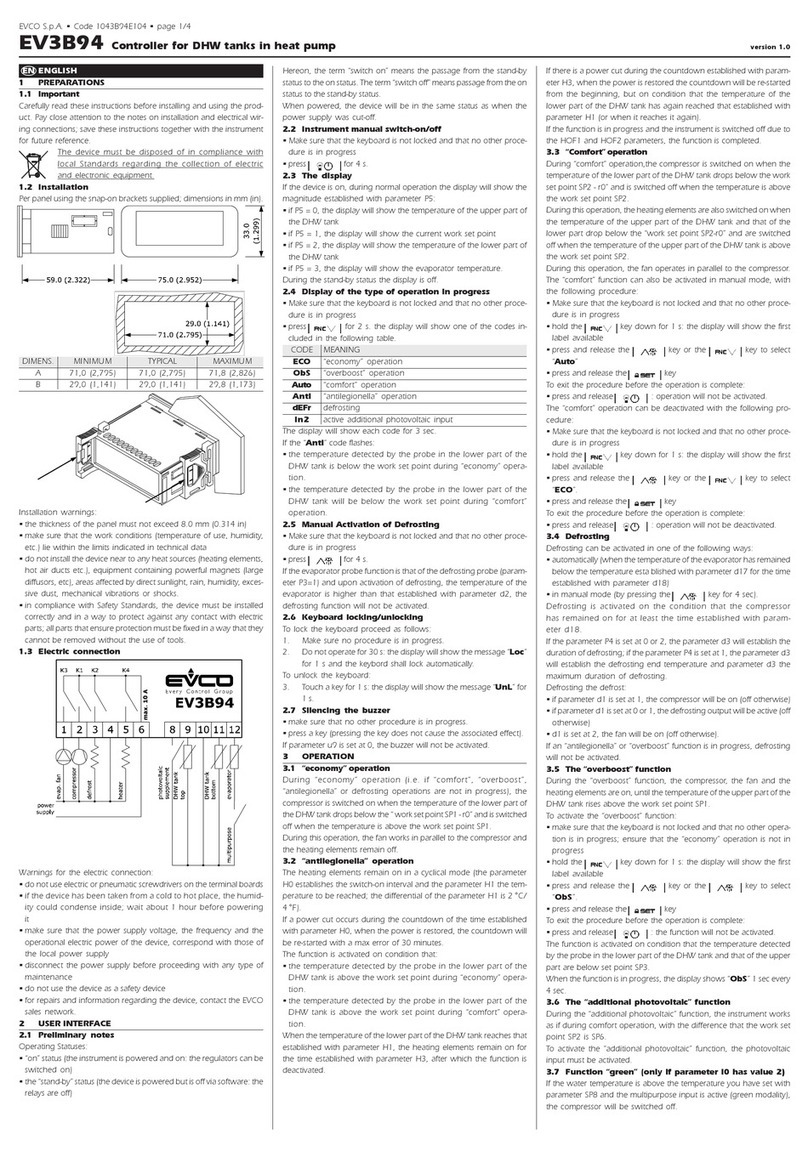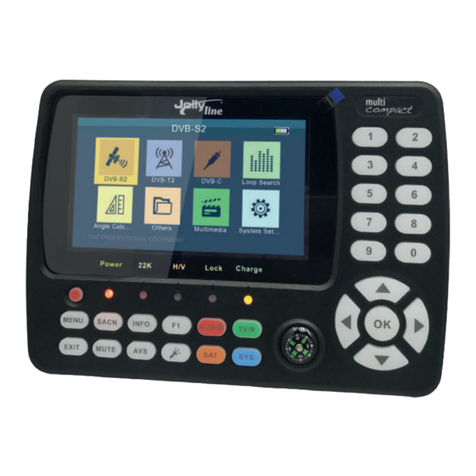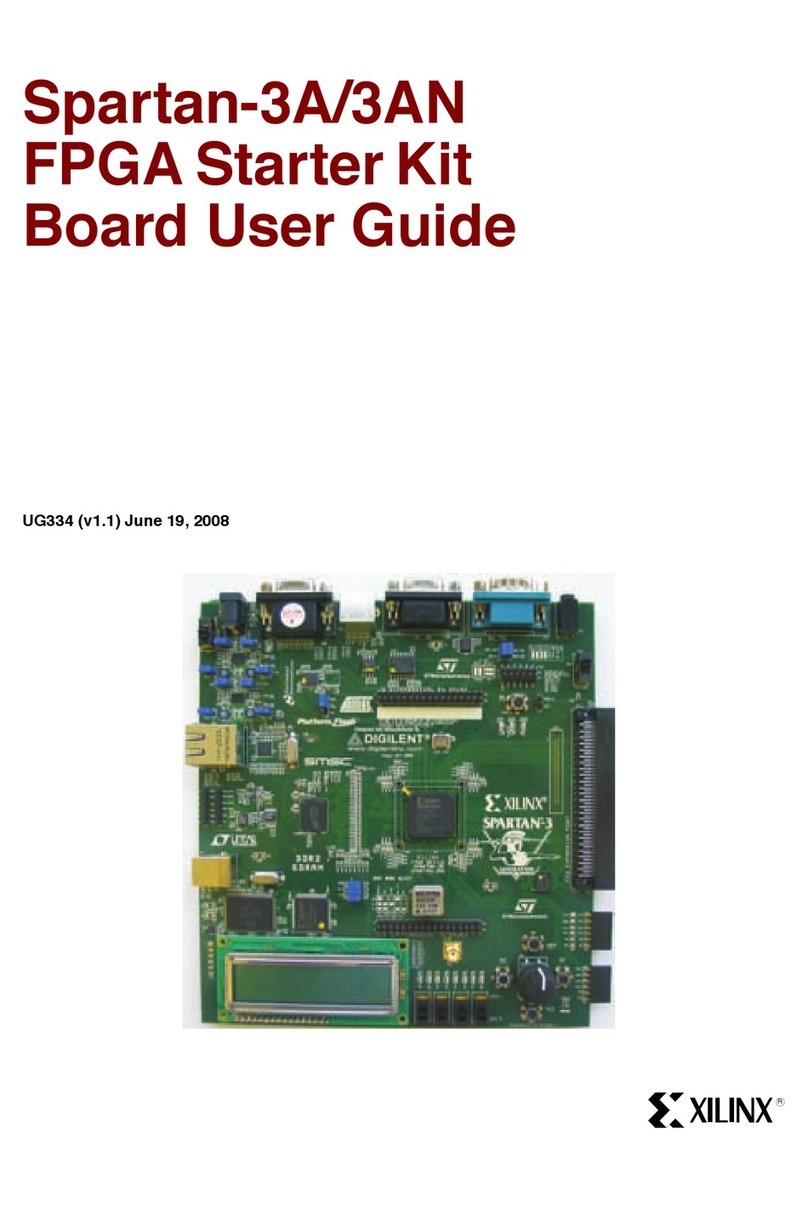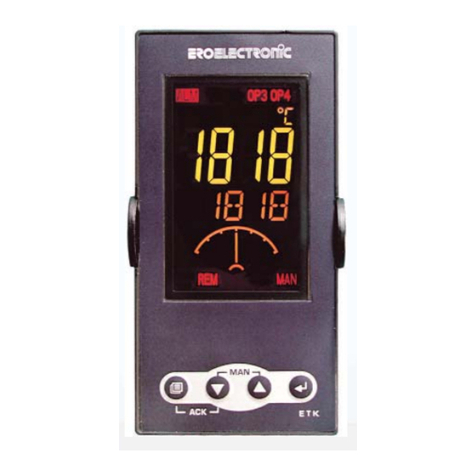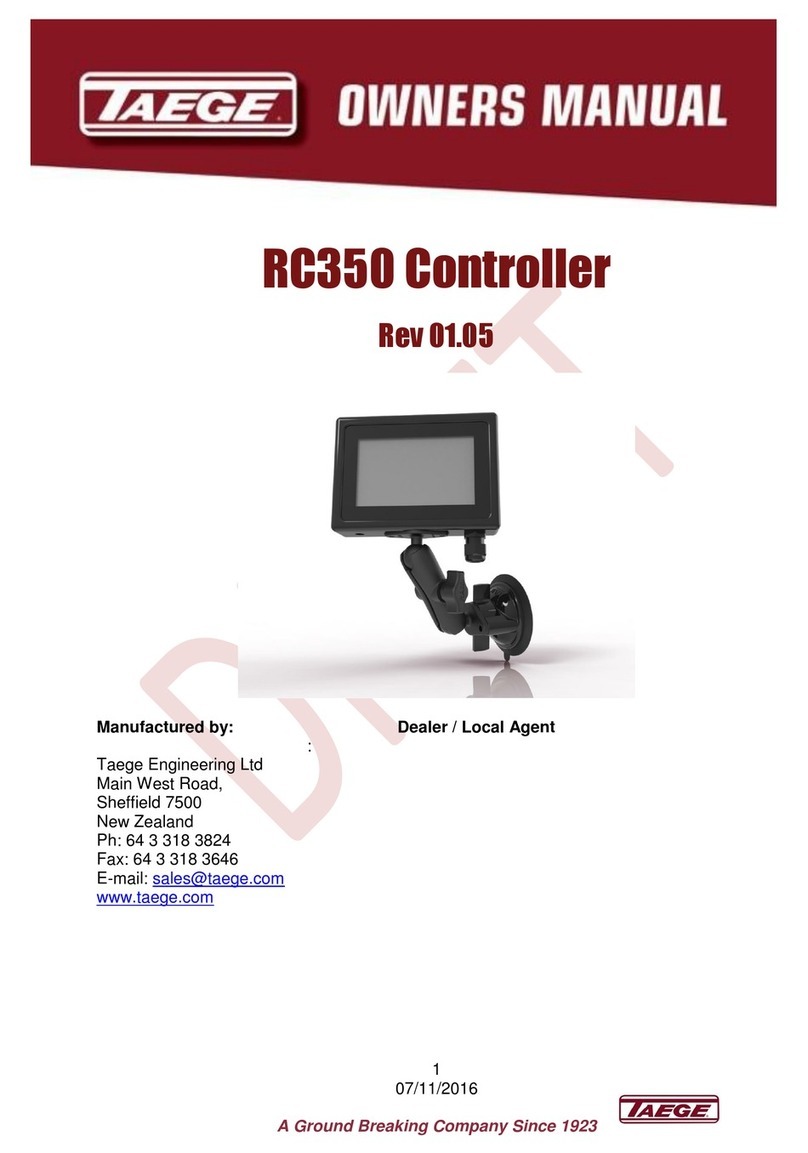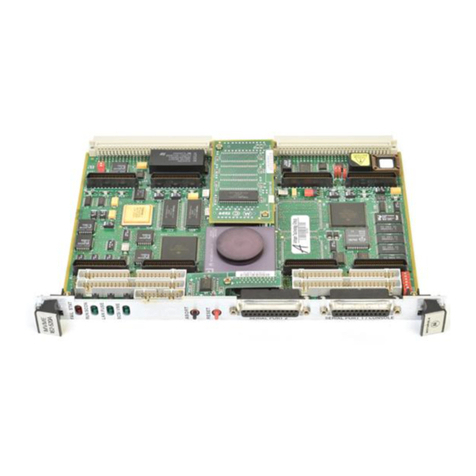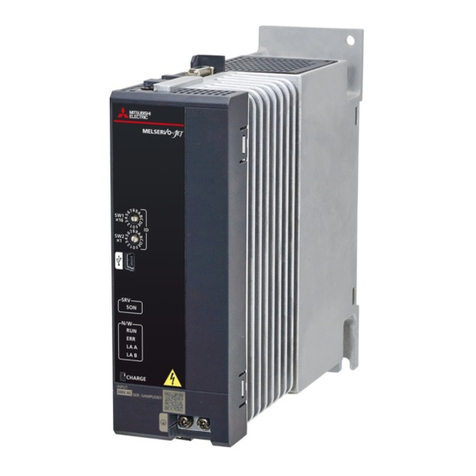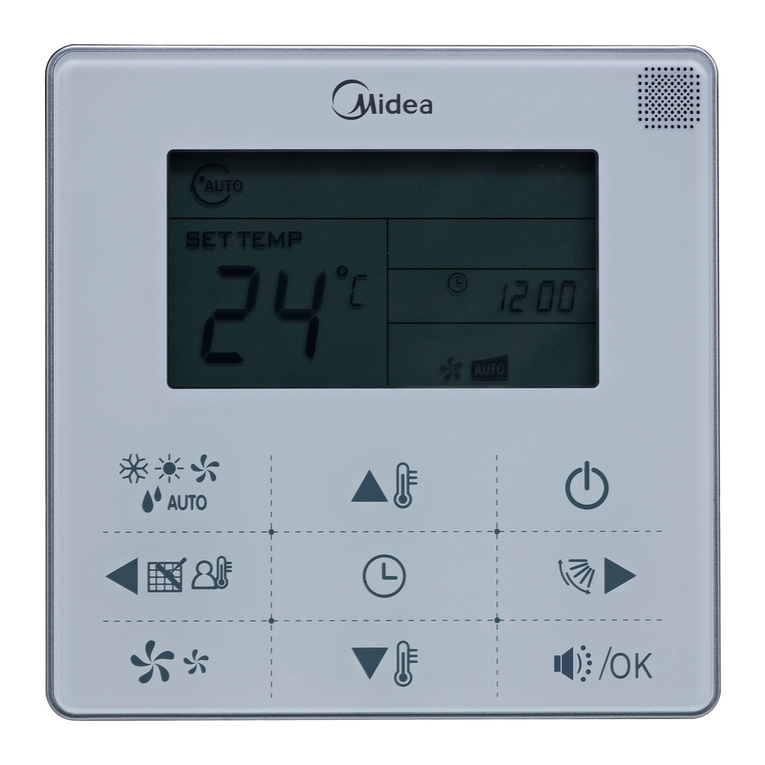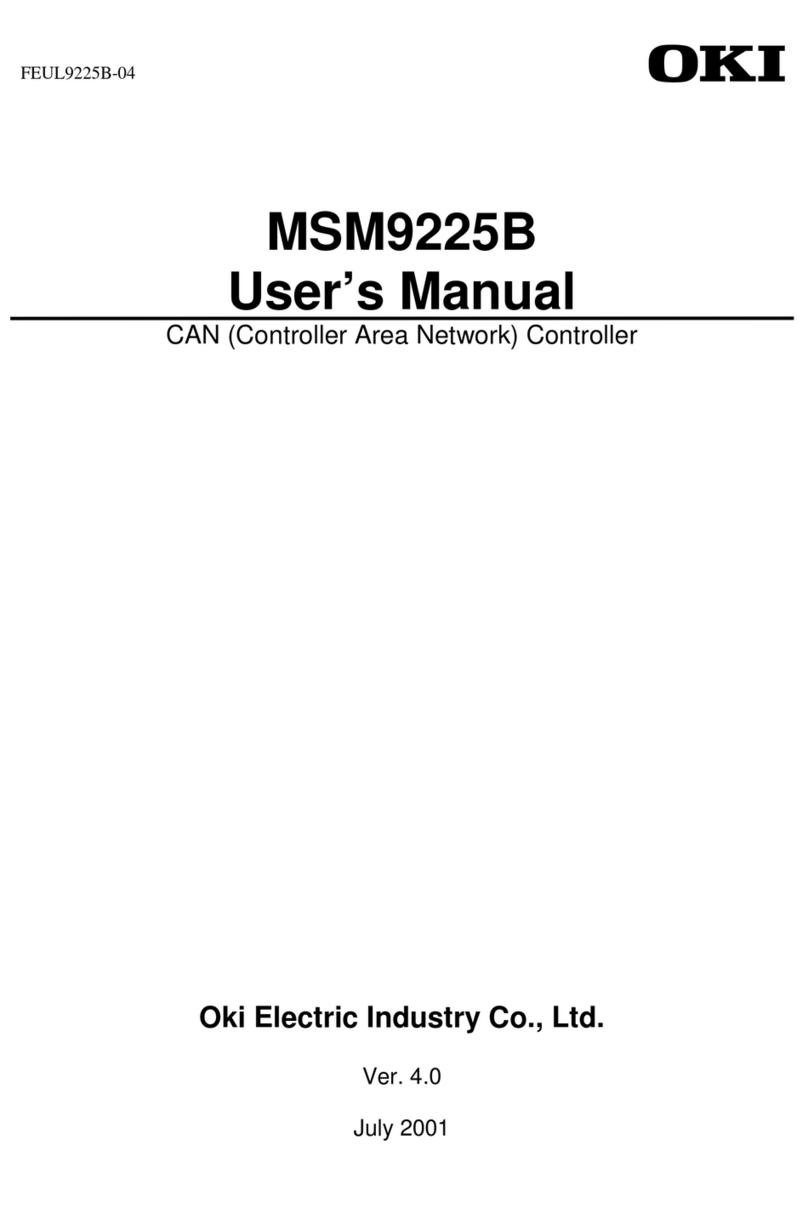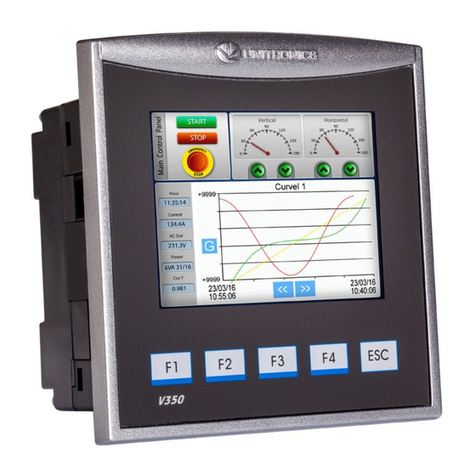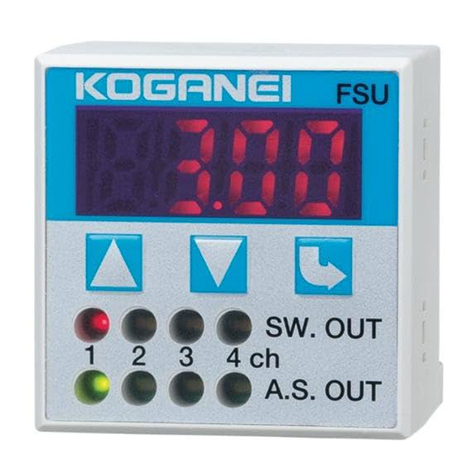Smokin-It #2D User manual

Smokin-It
Ò
Digital Model User Guide & Instructions
(for models prior to 3rd Generation 4.20.19)
(Model #2D, #3D, #3.5D, #4D & #5D)
Model #2D Model #3D
Model #3.5D Model #4D Model #5D
Mission Statement:
To provide the best product at the
best price and provide superior
customer service for all your
Smokin-It
Ò
needs
Innovative products
No retail mark ups or middleman
Digital
Smokers
Model #2D,
#3D, #3.5D,
#4D & #5D

2
SAFETY WARNINGS
§ Do not place any objects on the top of controller surface which is used tovent excess heat during its operation
§ The maximum electric current the controller can handle is 15 amps. For 120-volt AC in US and Canada, this
limits the heater power to 1800watts.
§ If an abnormal display or noise is observed, turn the controller off, unplug the power cord and contact the
manufacturer before using it again
§ Clean the controller only when it is cool and unplugged
§ Do not allow children to operate the controller
§ Meat probe must be plugged in to the PID controller as well as what you are smoking to utilize food temperature
programming options
§ Do not let anything come in contact with the internal air temperature probe as it will cause incorrect readings
§ ALWAYS secure and protect the smoker with a cover after each use
§ DO NOT immerse the meat probe in any type of liquid as it will cause the probe to fail and is not covered by warranty
Specifications
Number of storable recipes 6
Number of steps in each recipe 6
Input voltage 100 to 240 VAC, 50/60 Hz
Output voltage The same as the input
Maximum Current 15A for 120V AC, 12A for 240V AC, 5A for the smoke generator output
Controller Mode PID, PI, PD or P
Output switching device Built-in optically isolated solid-state relay with zero voltage
crossing switching
Sensor type PT1000 RTD sensor
Control probe dimension 4 mm diameter x 40 mm long.
Food internal temp probe dimension 4 mm diameter x 150 mm
Probe cable length 5 ft. (1.5 meter) (both probes)
Timer range 6 steps with 0.1 to 99.9 hours for each step
Temperature resolution 1 °C or 1 °F
Temperature display unit Celsius or Fahrenheit
Temperature display range -40-400 °C, or -40-750°F
Minimum Control Temperature 5 °C (9 °F) above ambient with smoker generator off, 22
°C (40 °F) above ambient with smoker generator on
Maximum Control Temperature 325 °F
Temperature accuracy +/-3°C
** DO NOT operate smoker above 325° **
*You can damage the box and increase the risk of fire!*

3
www.smokin-it.com
Thank you for your smoker purchase!! With very little maintenance and knowledge of common features, your new
smoker will last you many trouble-free years of enjoyment. Please review the information below for a list of simple
recommendations for successfully operating the smoker.
§ It is recommended to season your new smoker before the first use. This will improve your cooking experience and the
desired taste of the food. Remove all packing materials from inside and outside of the smoker.
§ Place two pieces of the sample wood into the wood box. Completely close the wood box lid and slide over the heating
element (It will only slide back in the smoker one way).
§ Remove the shelves, then close and latch the door of the smoker. It is recommended to cover the top of the wood box lid
with aluminum foil and also the bottom of the smoker. Set the temperature control to 250°and let your smoker run for three
to four hours completely empty.
PLEASE NOTE: Make sure the wood box lid is completely closed prior to smoker use
Never use the smoker without the wood box completely inserted into position over the heating element
§ Before loading the smoker with food, we recommend you cover the top of the wood box lid with aluminum foil and also the
bottom of the smoker. You will find a small drain hole located in the bottom of the smoker, do not cover or block this
drain hole. It is important to keep this drain hole open so drippings will drain out into the drip pan.
§ You will need to attach the casters prior to sliding the drip pan in place under the smoker. You should remove the foil and
replace with new foil after each use. Remove any grease or scale from the interior of your smoker on a regular basis to
prevent flare-ups or fire.
§ Regular cleaning of the removable shelves and side rails in a dishwasher is recommended.
§ DO NOT pre-heat your smoker, as the LED light only comes on when the heating element is on. It is normal to see the
light cycle on and off during smoker use.
§ DO NOT use an extension cord as it can compromise the performance of the smoker
§ Be careful when you are emptying the wood box, it is extremely hot and could cause severe burns. Always douse the
wood box with water after removing from the smoker to insure the ashes are completely out. Never place hot ashes in the
trash as this could cause a fire.
§ Our electric smokers have a pressure applied latch system to close and are extremely efficient. In most cases you will
notice more smoke coming from the vent on top of the smoker in the first hour of use, this is normal. The amount of smoke
will diminish the longer you are smoking.
§ Once you have started the smoker DO NOT try to add more wood during the smoking process. NOTE: the wood box is
extremely hot and can cause a serious burn if touched.
§ As a rule…use LESS wood versus MORE when loading the wood box. Too much wood can cause your food to be over
smoked, leaving it with a bitter or burnt taste. Yes, your new smoker is just this easy to use and enjoy!!
§ Set the controller to run at 250°, for 4 hours:
ü Power-up the unit (plug it in)
ü Press Set once
ü Use the +/-button to set “250” in the right window
ü Press Set again, and use the +/- button to select tin the right window
ü Press Set again, and use the +/- button to select 4.0 in the right window
ü Continue pressing Set to cycle through steps C02-C06. When the two windows show a temperature and time, the
program is running. Look for the green light, above the right window to be lit.
ü You should see smoke begin in 10-15 minutes
§ Please note, green lite indicates heating element is on, red light indicates how much time has elapsed in right screen
~The Smokin-It Team

4
Programming the Controller
The PID controller is a little more complicated than just a simple on/off, set the temp controller. It is more complex, but that
makes it much more capable than a simple one-button-type controller. You have eight pre-programmed settings, or recipes,
for various types of meat. Plus, you can set up to six individual “steps” for each program.
The program steps are three questions:
§ What box temperature do you want to cook at?
§ What “trigger” do you want to use to move to the next step (time or internal temperature of the meat)?
§ How long (time), or what temperature, do you want to cause the change to the next step?
The following tutorial, by Ben Hamel (The Smokin-It “IT Guy”), shows the programming process. It uses a different model than
yours, but the button functions are just the same.
Programs
There are six programs “steps” that can be run on the Auber PID. They are identified with a capital C in the left window when
you hit the set button and the desired temperature of the cabinet in the right window. For example, when you hit the set button
the first time you will see the following:
The next time you hit the set button you will see the step screen. This step is identified by a capital E in the left windows (E01
goes with C01 etc.), and the “type” of measurement you want for the program in theright window (t = time & f = degrees). For
example, when you hit the set button after selecting the cookingtemp in step one you will see the following:
If the step is set for time the next time you hit the set button you will see the time, measured in the hours you want to run this
cooking cycle
This shows the
step is set for
time
This shows
program one
and the desired
cooking temp is
120°F

5
The next time you hit the set button you will see the next cycle screen
The next time you hit the set button you will see the next step screen
If the step is set for temp the next time you hit the set button you will see the desired food temperatureas measured by probe
This shows the
time for cycle one
is set for two hours
This shows program two
and the desired cooking
temp is 190°F
This shows for step
two is set temp.

6
This will be measured in degrees Fahrenheit
Continue setting cycles for how you want your smoker to operate and then set the rest of the cycles to zero. Setting the cycle
to zero will make it skip that cycle and proceed to the next. I have provided an example below of a full set of cycles including
holding the smoker at 130°f after the cooking iscomplete.
Here is an example of a complete program:
Table 1 - Initial program setting
Step #
Temp (F)
Step #
F or t
Step
# value
C01
225
E01
t
t01
2.0
after 2hours it will go to cycle 2
C02
225
E02
F
F02
195
after internal temp of 195 go to cycle 3
C03
130
E03
t
t03
30
smoker will go to 130°for 30hr then cycle 4
C04
0
E04
t
t04
0.0
skip then cycle 5
C05
0
E05
t
t05
0
skip then cycle 6
C06
0
E06
t
t06
0
skip & end
When this is complete both windows will flash END showing the cooking is finished and it has shut off the heating element
Got it? Don’t fear – you will! Once you start actually punching the set button, you’ll see how it makes sense. The program is
always as simple as:
a) What box temp?
b) What trigger? (Time or temperature)
c) What time or temperature desired?
As you cycle through each of the 6 steps, it will start to make sense.
Remember: If your program fits in the first 2 or three (or one) step, make sure the remaining steps are set to t(time) and 0.00.
This way, they will do nothing when the program is done.
Programmed Recipes:
Your smoker has eight pre-programmed “recipe” settings, for quick access.
WARNING: Your current program will be overwritten by the saved recipe. Please write it down somewhere.
This controller can save up to eight smoking recipes (programs). Each recipe file can have up to six steps (C-1 to C-6). For
convenience, we have pre-named these eight pieces of recipe files as B1 (beef), B2, C1 (chicken), C2, F1 (fish), F2, P1 (pork),
and P2. These recipe files are all the same except their names, so you can store your special recipe to any of them. These
recipes can be stored in the memory of the controller even when it is powered off. You can overwrite the exist recipe with a
new one.
This shows the
desired internal
food temp is
161°F

7
SAV
SAV
C1
SAV
C2
SAV
F1
SAV
P1
SAV
P2
SAV
SAV
F2
SAV
C1
C2
F1
P1
P2
F2
Save a recipe
After a program has been entered, the user can save this current program as a recipe for future use. Under the normal
operating mode, press and hold SET key for 2 seconds until the left window shows LCK. The right window will show 0. Use the
“+” or “-” key to adjust the value to “2” (the passcode for saving the program) and then press SET key to confirm. Then SAV
will be shown on the left window and End on right window.
If you press SET key now, you will exit this mode without overwriting any existing programs. Use “+” or “-” key to select the
name of recipe to which you want to store the program. If you press “+” (or “-” key) repeatedly, you will see “End”, “B1”, “B2”,
“C1”, “C2”, “F1”, “F2”, “P1”, “P2” one by one. Press the SET key again to store your current program under the selected recipe
name. This process will overwrite the current recipe data to the saved recipe data. Figure 9 shows the flow chart of how to
save a recipe.
Recall a recipe
To recall a recipe, press and hold SET key for 2seconds until the left window shows LCK and then release the SET key. The
right window will show 0. Use +key to adjust the number to 1, and then press SET. “rC” (recall) will be shown on the left
window and End in the right window. This can prevent your current program being accidently overwritten by a recalled
program. Use “+” or “-” key to locate the recipe you want to recall. If you press “+” key repeatedly, you will see End, B1, B2,
C1, C2, F1, F2, P1, and P2 one by one. After you locate the recipe that you want to recall, press the SET key to select it. The
current program will be overwritten by the selected program. Figure 10 shows the flow chart of how to recall a recipe
Figure 9 flow chart of
saving a recipe
Figure 10 flow chart
of recalling a recipe
xx
x
x
xx
x
x
xx
x
x
xx
x
x
LCK
2
LCK
1

8
Pre-programmed Recipes:
B1: Brisket profile
C01 225 E01 F F01 195
C02 140 E02 t t02 4.0
C03-C06: All zeroes, with time as the trigger
This will bring the brisket to 195°, smoking at 225°. When the internal temp triggers step 2, it will drop the box temp to
140° to hold it (if not removing right away).
B2: Low and Slow Sirloin Tip Roast or Prime Rib
C01 205 E01 F F01 130
C02-C06 All zeroes, with time as the trigger
This will slowly smoke a sirloin tip roast, or prime rib, until it hits medium-rare. Remove meat, rest, and reverse-sear in a
hot oven or grill to finish the outside and make a crust.
C1: Whole chicken profile:
C01 275 E01 F F01 165
C02-C06 All zeroes, with time as the trigger
This will smoke a whole chicken, or turkey, to an internal temp of 165°. Remove the bird when internal temperature is
reached.
C2: Poultry 2
C01 350 E01 F F01 165
C02-C06 All zeroes, with time as the trigger
For those of you who want crispier poultry skin, you can use this setting.
F1 and F2: Fish
P1: Pork butt for Pulled Pork:
C01 235 E01 F F01 195
C02 140 E02 t t02 4.0
C03-C06 All zeroes, with time as the trigger
Similar to the brisket profile. Will smoke until 195 internal temp, then hold.
P2: "No Peek" Ribs!
C01 235 E01 t t01 6.5
C02-C06 All zeroes, with time as the trigger
Ribs take 5-6 hours and must be checked for doneness. These are one of the few "time-based" cooks so no programming
needed; just a constant set temp. Use a flavor saver, on the floor of the smoker, and do not open the door until at least 4
hours into the smoke. No foil needed; just moist, tender ribs, every time.
A good way to check ribs is to use a wooden toothpick. Poke the toothpick in between the bones. If it goes in very easy,
you are good.Now, pull the toothpick sideways, away from the bone. If the meat “gives,” without breaking the toothpick,
the ribs are done. If the meat still feels “tough,” close the door, then give them another 20-30 minutes and check again.
Ribs are one of the meats you will learn to smoke by “feel.” There is no set formula to perfect ribs. It all depends on the
meat you are using, and your personal preference for chew or “fall-off-the-bone” tenderness.
Check our FAQ, ‘For the Customer’ and the Smokin-It customer forum (all on our website) for recipes and information
Please contact us at smokin.it.info@gmail.com if you have any questions or concerns
4.2019
This manual suits for next models
4
Table of contents
